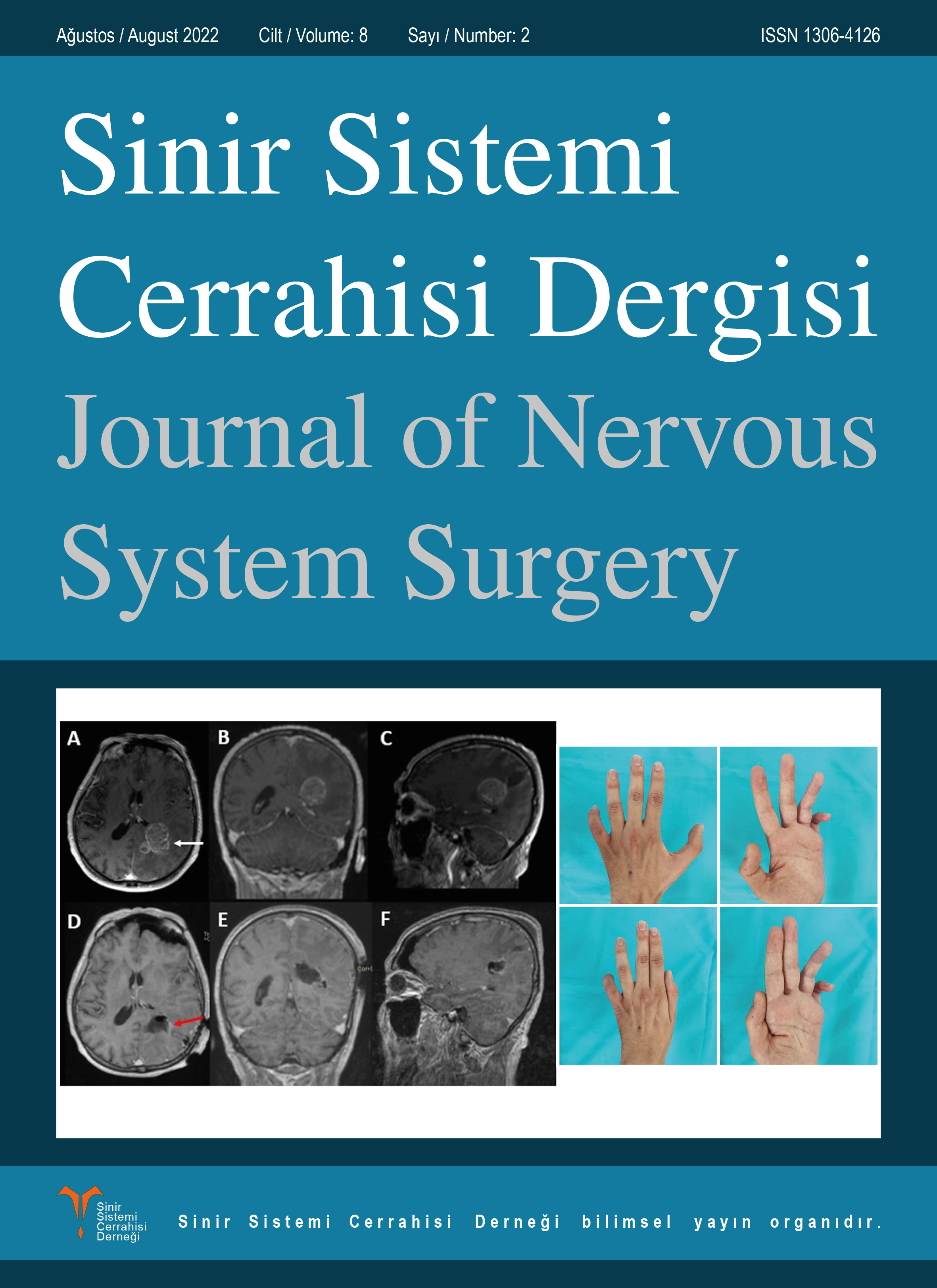Abstract
Background: The aim of this study was to evaluate the correlation between serum superoxide dismutase (SOD) enzyme levels and lumbar degenerative spinal diseases (LDSD).
Materials and Methods: Ninety-four patients with LDSD and 64 patients without LDSD were investigated. Human SOD ELISA kits were used to measure the amount of enzymes in the samples. Serum SOD enzyme levels were determined by Student-t and Mann Whitney-U tests to determine differences between groups.
Results: The patient group was classified according to the characteristics of the disease, clinical symptoms, Visual Analog Scale (VAS) values, and Oswestry Disability Index (ODI) scores. Along with these parameters, serum SOD levels were evaluated statistically. There was no statistically significant difference in serum SOD levels in both groups. However, serum SOD levels were relatively lower in the patient group (p>0.05).
Conclusions: Our study could supply objective value for future researchers investigating specific lumbar diseases, should they attempt to find a serum biomarker for the disease. More studies with an increasing number of patients are needed to support the results of our study. Doing so may offer more specific insights on the mechanisms of LDSD and its features, which could contribute to the literature.
Keywords: Lumbar degenerative spinal disease, Superoxide dismutase enzyme, Serum biomarker
Copyright and license
Copyright © 2022 The Author(s). This is an open access article distributed under the Creative Commons Attribution License (CC BY), which permits unrestricted use, distribution, and reproduction in any medium or format, provided the original work is properly cited.






